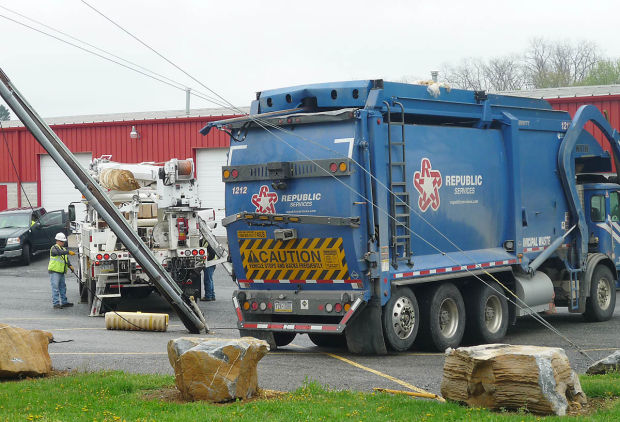Avoiding Collisions While Backing and Parking
Backing, parking, and rolling into others is another classic example of the Risk Manager’s moto: “If it’s predictable, it’s preventable.”
From 10-1-2015 to 9-21-2020, there were 87 of these type of claims, resulting in $135,089 incurred to the PRM Pool. That’s a staggering figure, for such an easily preventable occurrence.
National data supports what we see within the PRM Pool. What is the number one type of collision for fleets? Another vehicle hitting a parked fleet vehicle was the top type of fleet accident in 2018, as reported by Automotive Fleet.
Statistics from the National Safety Council reveal that:
- Each year, there are more than 50,000 collisions in parking lots and garages.
- Parking lot and garage structure collisions lead to over 500 fatalities and more than 60,000 injuries.
- Insurance claims for collisions increase significantly on Black Friday, (the peak shopping day in the U.S.).
Here are a few simple and cost-free methods to help reduce these types of incidents.
- Practice reverse parking when the vehicle type and environment permits. It’s a myth that reverse parking is more dangerous than pulling into a spot. While it might briefly disrupt the flow of traffic, backing out of a parking space is far more disruptive and hazardous. It is much better to enter the flow of oncoming traffic with the front of your vehicle, than to back into it. Just make sure you are aware of your vehicle’s overall length, including any attached hitches.
- Pull through parking. When the environment permits, park your vehicle where you can easily pull through straight vs backing.
- The 360-degree method. You may notice contractors with multiple fleet vehicles place safety cones on all 4 sides of the vehicle regardless of where they are parked. This prompts the driver to do a 360 degree walk around and hopefully promotes situational awareness of their surroundings, particularly any hidden hazard to the rear of their vehicle. Cones are not needed for this. Just break the habit of jumping in the driver’s seat and taking off. Add a few seconds to your trip and do a 360 degree walk around, making mental note of any potential hazards to the rear of your vehicle. This could save a life.
Any of these methods can easily be incorporated into an existing driving or driver agreement policies you may have. If you need assistance in developing a policy, the PRM team is here to help.
To learn more, visit the IIHS (The Insurance Institute for Highway Safety) site.
To learn more visit www.automotive-fleet.com
To learn more visit https://www.osha.gov
